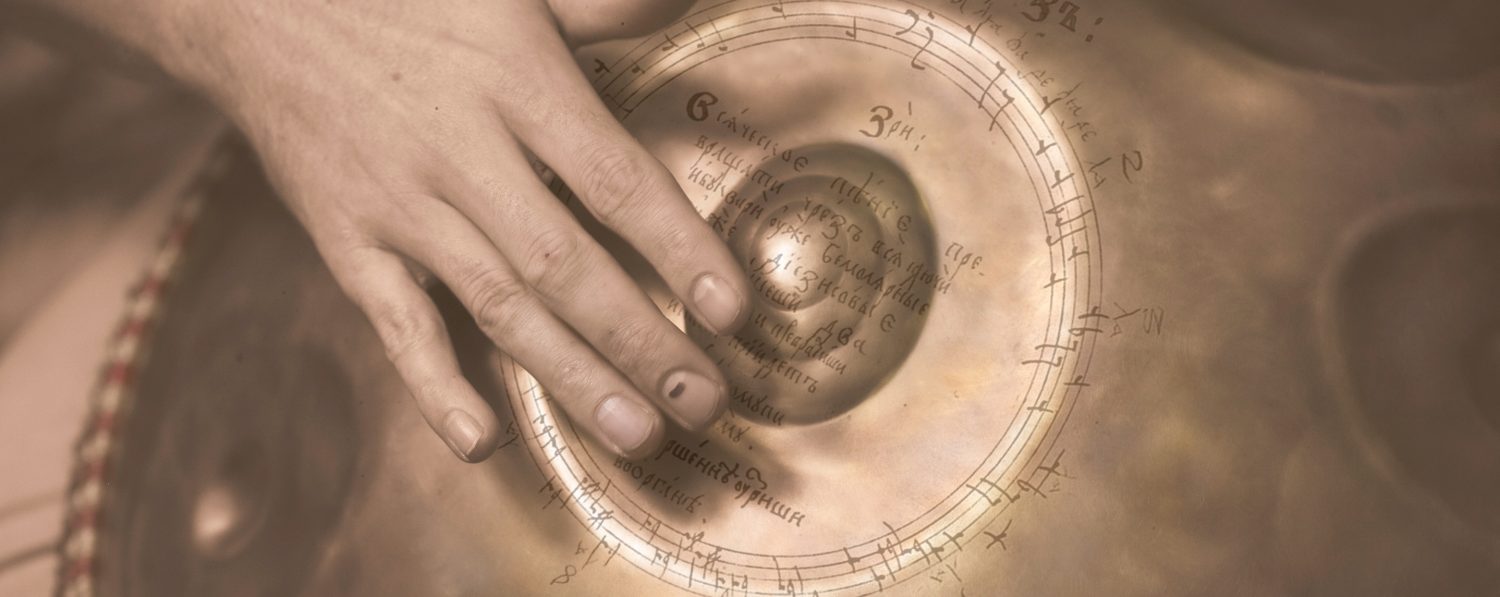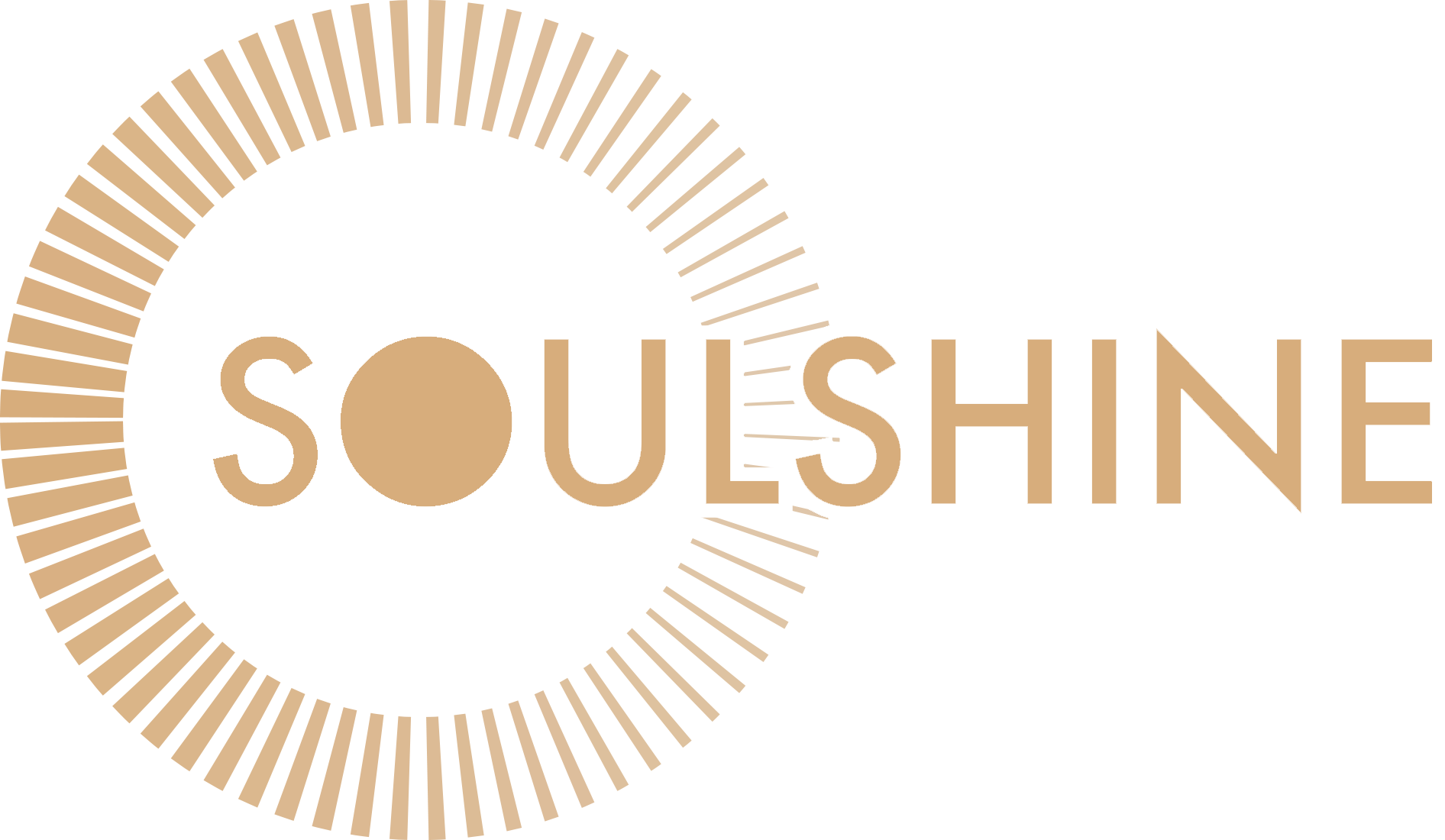
Variety is the spice of Life
The vast selection of different tunings that is available for sound sculptures can be a bit confusing and overwhelming at first.
To facilitate the decision process the scales are grouped by the feelings they evoke when playing them. There are many options and variations for each scale and not all are listed. If you can’t find what you are looking for here you can always get in touch to find out more.
The Classic
(Kurd/Annaziska/Integral)
Probably the most popular of all scales on handpan instruments, and for good reason. It is offers a lot of harmonic possibilities with a very intuitive natural chord progression. It feels familar yet never gets old. It is like a river- no beginning, no ending- sometimes more calm, sometimes more turbulent, but always flowing.
D Kurd: D / A, Bb, C, D, E, F, G, A
The Spice
(Hijaz / Harmonic Minor / Romanian)
Soundscapes for a thousand and one nights. There are many variations of this beautiful scale, depending on the variant the middle eastern atmosphere can be quite intense or a bit more toned down. It is always spicy though and another all time favorite.
C Hijaz: C / G, Ab, B, C, D, Eb, F, G
The Celtic
(Celtic Minor / Amara)
A scale for playing from the heart. Very intuitive and easy to connect with emotionally. Listening to somebody playing with it is like watching a flower bloom: beautiful, touching and inspiring. It is a great scale for beginners and advanced players alike!
D Celtic Minor: D / A, C, D, E, F, G, A, C
The Mystical
(Ursa Minor, Mystic)
Evoking landscapes of forests and mountains shrouded in mist and fog, the Ursa Minor and Mystic have an earthy character with just the right amount of light breaking through the mists to keep them forever exciting. Equally great for beginners as the Celtic, with a bit more tension.
C Ursa Minor: C / G, Ab, C, D, Eb, F, G, C
The Dreaming
(Pygmy, La Sirena, Agean)
The scales in this group are quite different to each other, but they share the fact that each of them has a very unique flavour that is quite strong, always present and powerful in its effect on listeners. They seem to be singing about a beautiful place that is just out of reach, like a fading dream in the moment of awakening.
F low Pygmy: F / G, Ab, C, Eb, F, G, Ab, C
The Balanced
(Voyager / Equinox)
The Equinox scale, as well as its pentatonic sibling the voyager, represent a nice balance between major and minor moods. A great starting point to go in all directions with each path leading to a place of harmony, calmness and equlilibrium.
E Equinox: E / G, B, C, D, E, F#, G, B
The Happy
(Sabye / Raga desya todi / Lydian)
The scales in this group are primarily expressions of a major mood. They offer a very different playing experience and are great for lighthearted and joyful playing. They are also very interesting to players looking for a second instrument to play along with their primarily minor scale, for example E major to play with C# minor, or F major to play with D minor.
E Sabye: E / A, B, C,#, D#, E, F#, G#, B
The Golden Teacher
(Multiscale based on Celtic Minor)
The golden teacher has been developed by Clemens over the course of more than one year. Based on a variation of B celtic minor on the top side, it features three cupola bass notes (B2, D3, E3) and two semitone substitute notes (C, Eb), plus the extension of the celtic to the heptatonic minor scale (G) on the bottomside. A scale for advanced players looking for something unique with a lot of possibilities of harmonic variation.
Golden Teacher: B / (D, E,) F#, (G), A, B, (C), C#, D, (Eb), E, F#, (G), B
The Chromatic
(All colors)
Chromatic instruments are always made to custom order and are not offered generally. They are intended for professional musicians and musicians with classical education, who are looking for new and exciting ways to make use of sound sculptures in music. There are basically two variations of chromatic scales: with or without a central bass note.
A# Chromatic: A# / F, F#, (G), G#, (A), A#, (B), C, C#, (D), D#, (E), F, (F#, G, G#)

